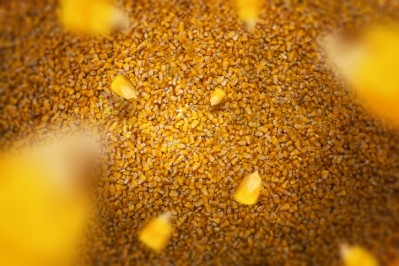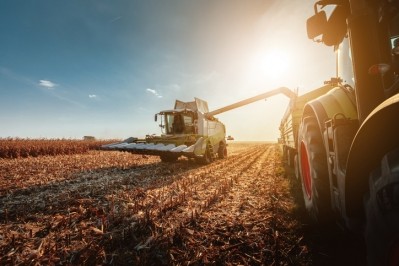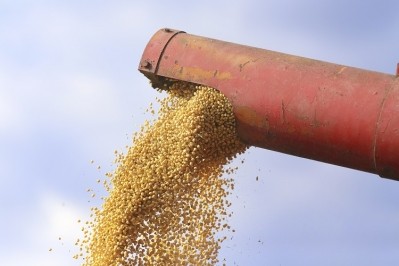Feed, grain producers’ sentiment tanks as trade uncertainty continues

Details of the Ag Economy Barometer drop and elements involved with the reduction in sentiment for feed and grain crop producers were included in Tuesday’s report from Purdue University’s Center for Commercial Agriculture and the CME Group.
The barometer tracks responses from members of the feed and agricultural industry regarding their thoughts on the coming year and next five years, according to the report. It also highlights areas including expected feed crop pricing and investment timing.
The overall score for July dropped 26 points based on reductions for both the index of current conditions and index of future expectations, said report authors James Mintert and Michael Langemeier. The drop was the largest recorded since the coverage started almost three years ago.
It is hard to predict if the index will stay at its current level as there continues to be uncertainty for producers, said Langemeier, report co-author and professor in the department of agricultural economics at Purdue. “The announcement of the $12bn payment package from the administration and the recent increase in futures prices will likely create a positive bump in the August index,” he added.
“The large decline in July was due to weak corn and soybean prices and trade concerns,” he told FeedNavigator. “The weak corn and soybean prices are related to favorable weather and trade concerns.”
Even if a good crop improves sentiment, it is not anticipated that producer responses will see a similarly strong upturn in the near future, he said. “As long as trade concerns and uncertainty around trade persists, it would be difficult to foresee the barometer returning to the June level,” he added.
Positive sentiment results have been linked to tax reform and reductions in regulation, said Langemeier. “Also, in 2017 and in early 2018 (before June), it appeared that crop producers were getting closer to breakeven levels than they were in 2015 and 2016 – thus, there were a combination of factors that led to the strong index in June,” he added.
Feed, ag economic forecast details
The score for the index of future expectations dropped from 146 to 126, according to the barometer report. About 47% of those taking the survey said they expect to see “good times” during the next five years and about 32% said they anticipate “bad times” during that period.
However, results looking at the coming year were more negative than they had been previously, the report authors said. The index dropped from 138 to 99, overall.
For the coming year, about 19% of those taking the survey said they expect good times, down from 26% the previous month, according to the report. About 61% of those responding said they anticipate bad times in the coming year – an increase of 15 percentage points from June.
Additionally, about 60% of respondents said it was a bad time to make a large farm investment in June, which increased to 73% in the most recent report. Those who thought it was a good time to make an investment fell from 26% to 20%.
Producers also were not optimistic about the potential trading range for corn or soybean futures, the report authors said.
“Less than 2 out of 10 producers expect to see corn futures trade above $4 per bushel or soybeans trade above $9.50 per bushel,” they said. “In contrast, approximately 4 out of 10 producers in this month’s survey stated they think it’s likely corn futures will trade below $3.25 per bushel and soybeans will trade below $8 per bushel.”
Those prices would cover the variable expenses for most farms, the authors added. But, would likely not be able to meet fixed and overhead expenses and could lead to a “cash flow squeeze” for some farm operators.
Additionally, when asked their concerns about a trade war starting the number of producers who thought one was likely grew in July compared to results from April and March, the authors said. About 54% of producers said a trade war and reduction in feed and agricultural exports are likely – from 47% previously – and only 23% said they thought it was unlikely.
Several feed crop producers said they were already feeling the results from a reduction in exports and 70% said they anticipate a loss in net income stemming from the trade conflicts, according to the report. Among those who said they expected to see their income drop, 29% said they thought it would be by up to 10%, 36% said by about 10-20% and 35% said they thought they would lose more than 20% of their net income.














